How Trade Routes Influenced Cultural Exchange
17 February 2025
Trade routes: they weren’t just lines on a map or paths for goods. They were the veins through which entire civilizations exchanged more than just silk, spices, and gold. They carried stories, ideas, technologies, religions, and even languages. These routes connected distant cultures in ways we still feel today. But how exactly did these trade routes influence cultural exchange? Let’s dive into the fascinating world of ancient highways and sea lanes and uncover how they impacted the development of human societies.
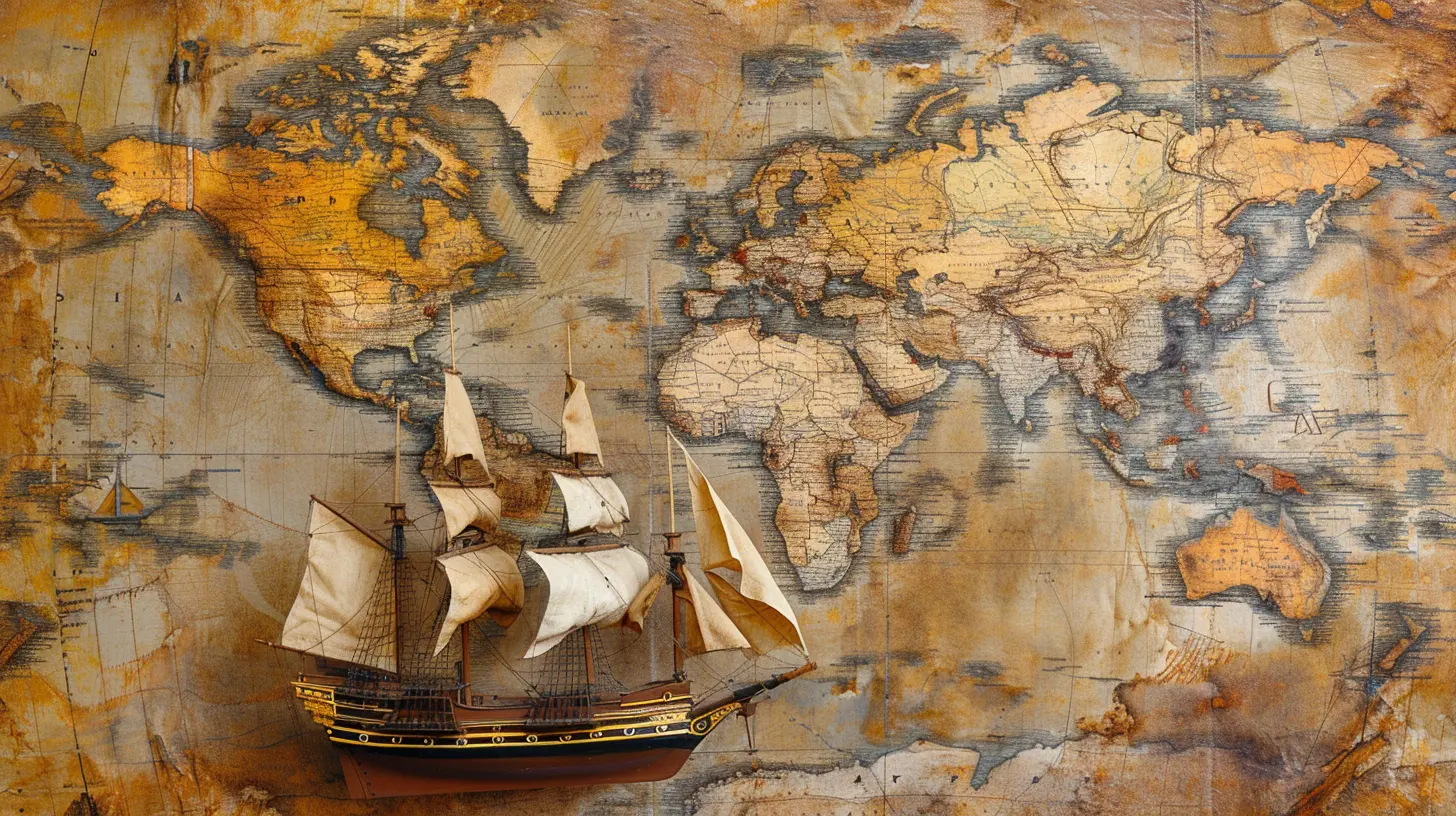
The Silk Road: A Conduit for More Than Just Silk
When you think of historical trade routes, chances are the Silk Road pops into your mind first. But did you know the Silk Road was not a single road, but a network of interconnected routes that stretched from China all the way to the Mediterranean? Spanning over 4,000 miles, this ancient trade route played a crucial role in cultural exchange between the East and West.While silk was certainly a major commodity, it wasn’t the only thing being traded. Ideas flowed just as freely as goods. Chinese paper-making technology, for instance, spread westward along the Silk Road. In turn, Buddhism made its way from India to China, influencing religious practices along the way. So, in essence, the Silk Road was like the internet of the ancient world. It didn’t simply deliver products; it delivered knowledge, beliefs, and entire ways of life.
Cultural Diffusion Along the Silk Road
Cultural diffusion—when one culture’s practices, ideas, or objects spread to another—was rampant along the Silk Road. For example, Central Asian art was heavily influenced by both Persian and Chinese styles. Chinese porcelain became a symbol of wealth in Europe, while Persian rugs made their way into households thousands of miles away. Trade routes facilitated this blending of cultures, creating hybrid forms of art, architecture, and even cuisine.Do you know what’s even more fascinating? The people who traveled these routes weren’t just merchants. There were also diplomats, scholars, and even monks, all of whom helped spread their respective cultures. The Silk Road was a melting pot long before that term became popular.
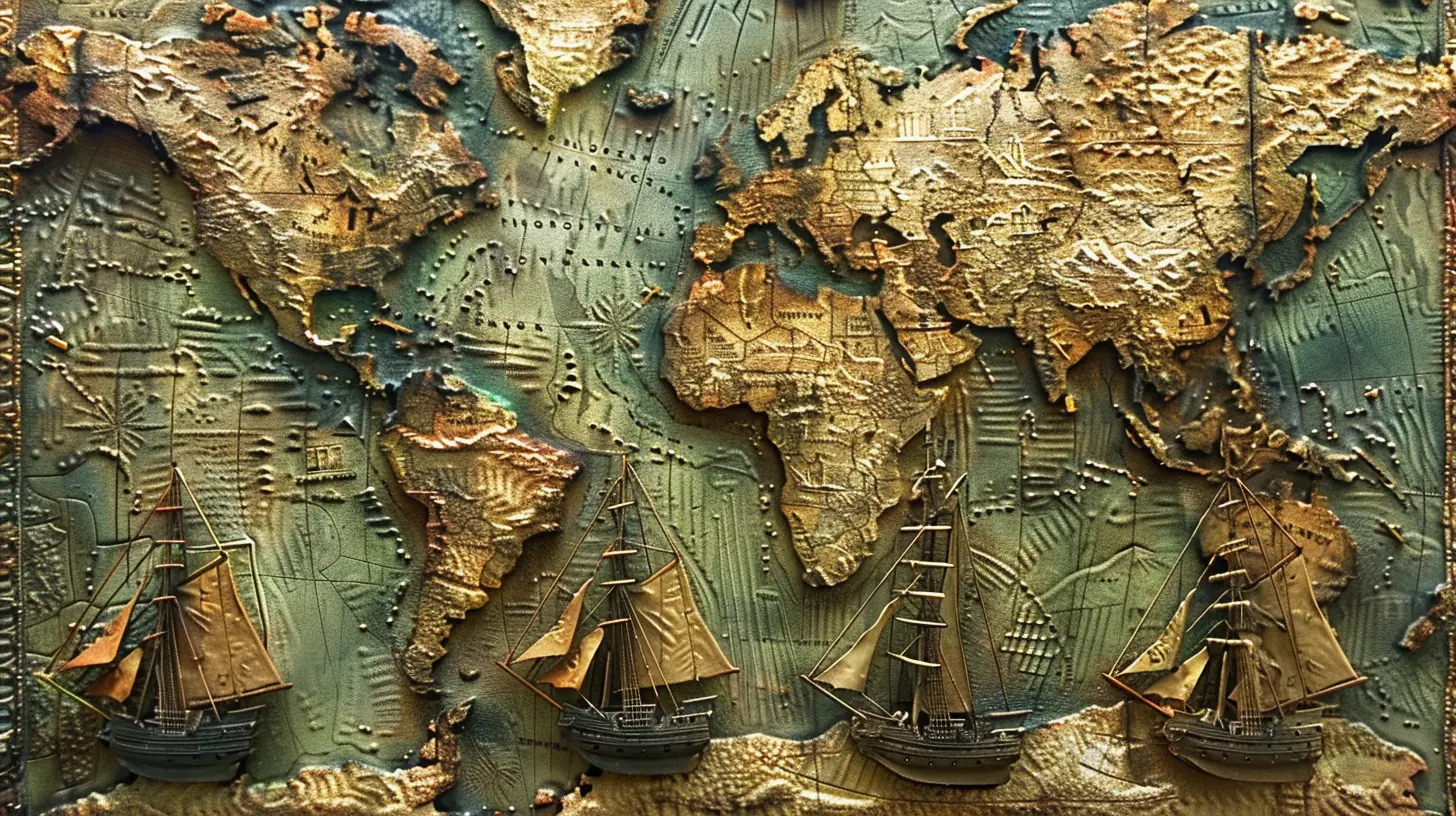
The Indian Ocean Trade: A Maritime Melting Pot
Move over Silk Road, because the Indian Ocean trade routes were just as significant, if not more so, when it came to cultural exchange. These sea routes connected East Africa, the Middle East, India, and Southeast Asia, creating a vast network of commerce and communication.What made the Indian Ocean trade so different from land-based routes? Well, for starters, the monsoon winds allowed ships to travel vast distances relatively quickly, making this trade route highly efficient. But more importantly, maritime trade brought together a more diverse range of cultures. Sailors from different regions interacted in port cities, exchanging not just goods but also stories, religions, and customs.
The Spread of Religion via the Indian Ocean
One of the most remarkable impacts of the Indian Ocean trade was the spread of religion. Islam, for example, spread from the Arabian Peninsula to East Africa, India, and Southeast Asia largely due to these trade routes. Muslim traders established communities in port cities like Zanzibar, Malacca, and Calicut, introducing their religious practices and traditions to the local populations.And it wasn’t just Islam. Hinduism and Buddhism also spread across these maritime routes, influencing the culture and architecture of places like Indonesia and Cambodia. The famous Angkor Wat temple complex in Cambodia is a direct result of these religious exchanges, blending Hindu and Buddhist elements into one of the most iconic structures in the world.
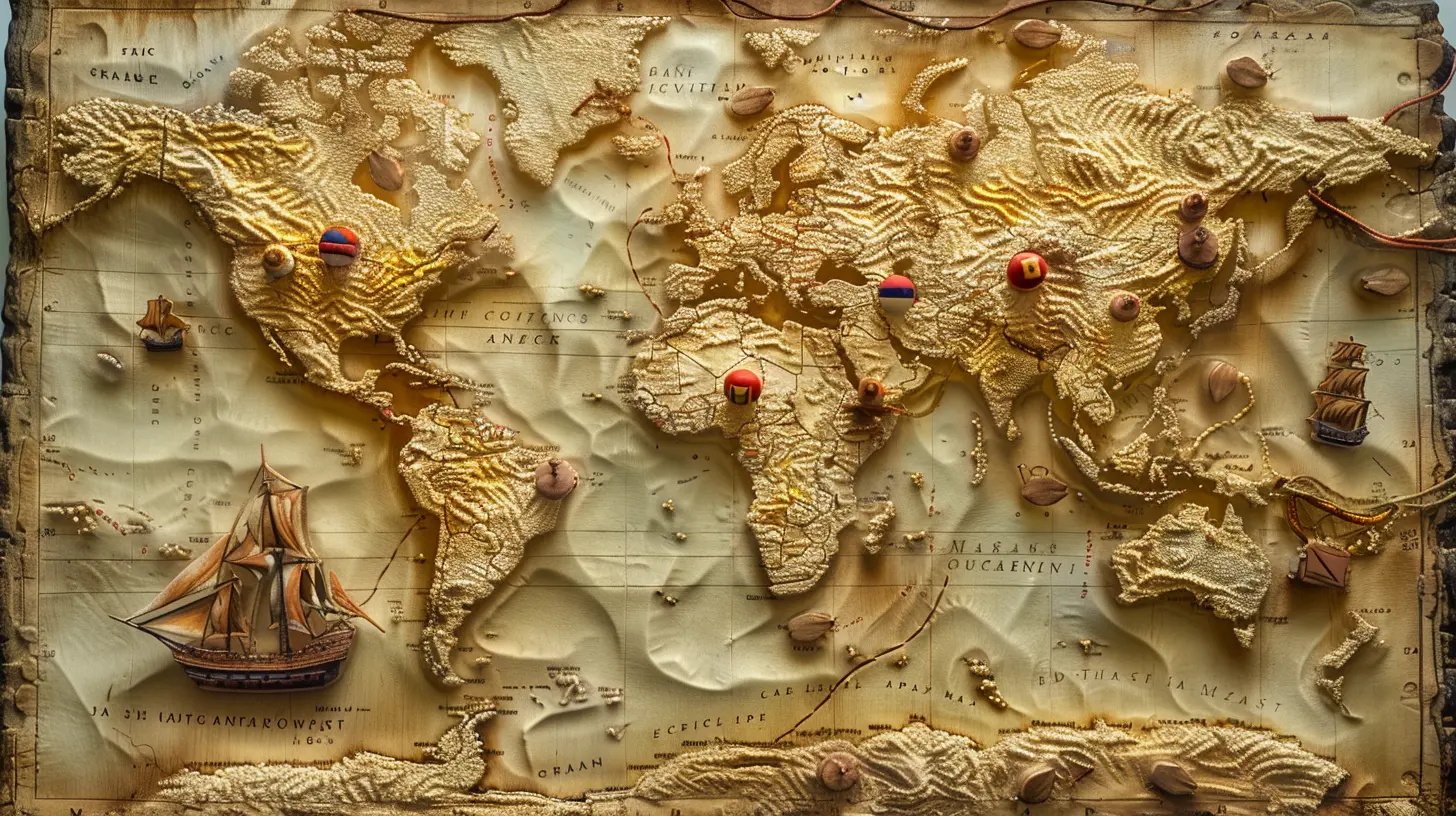
The Trans-Saharan Trade: More Than Just Gold and Salt
While the Silk Road and Indian Ocean routes often steal the spotlight, the Trans-Saharan trade routes were equally important in fostering cultural exchange. These routes connected North Africa with sub-Saharan Africa, facilitating the exchange of gold, salt, and other goods.But perhaps the most significant cultural exchange that happened along these routes was the spread of Islam. Muslim traders from North Africa brought their religion to West Africa, where it was adopted by powerful kingdoms like Mali and Songhai. But this wasn’t a one-way street. West African cultures also influenced North African traders, creating a unique blend of religious and cultural practices that can still be seen in regions like Timbuktu.
The Role of Timbuktu in Cultural Exchange
Speaking of Timbuktu, this legendary city was more than just a stop on a trade route. It became a center of learning and culture, attracting scholars from across the Islamic world. Books, manuscripts, and knowledge were traded here just as much as gold and salt. The city’s libraries housed thousands of texts on subjects like astronomy, medicine, and theology, making it a hub for intellectual exchange.But Timbuktu wasn't just a city of scholars. It was also a multicultural melting pot where West African, Arab, and Berber cultures converged. This blending of cultures created a unique social fabric that made Timbuktu one of the most important cities in the medieval world.
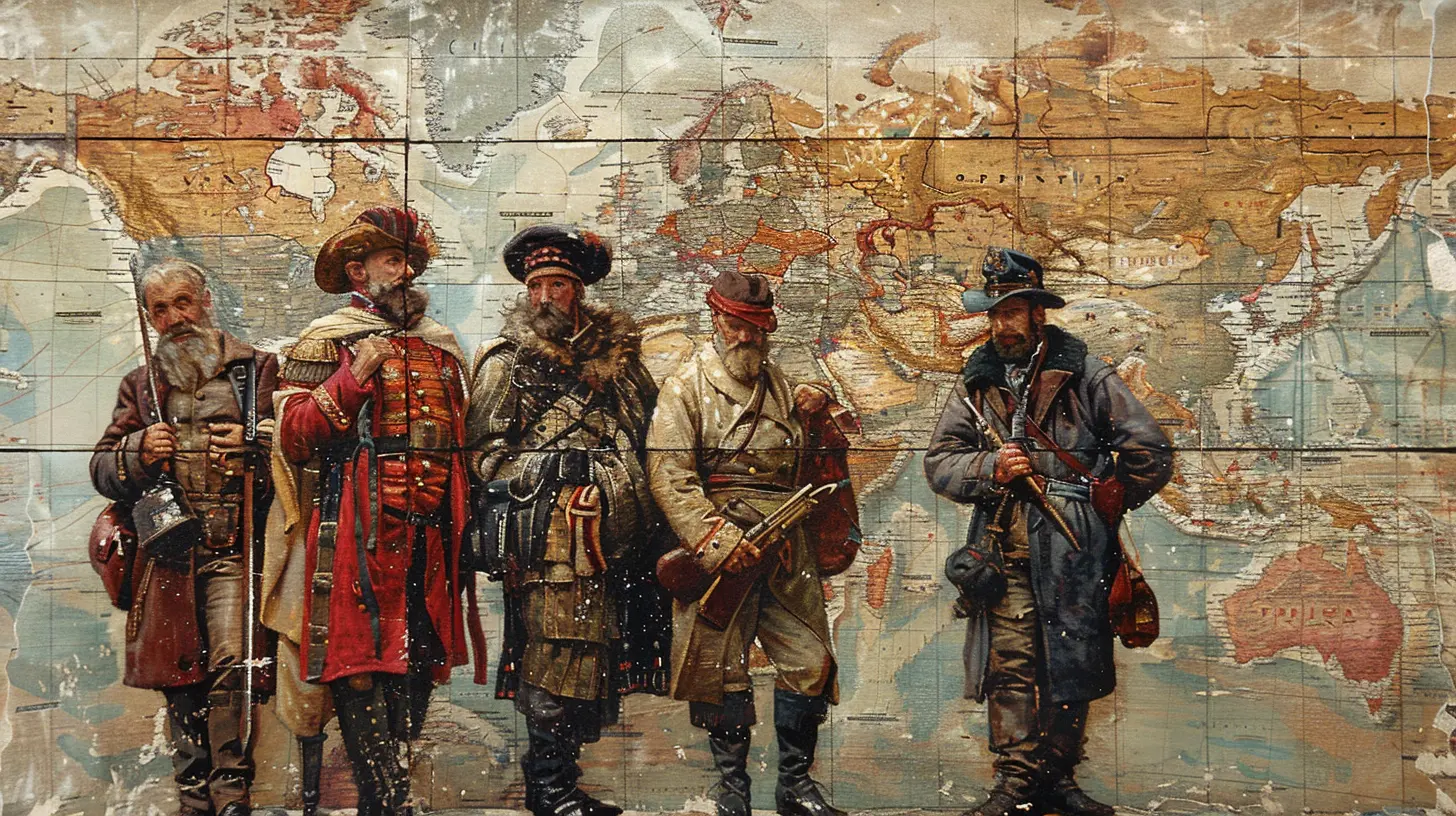
The Columbian Exchange: A New World of Ideas and Goods
Fast forward to the 15th century, and we arrive at one of the most significant cultural exchanges in history: the Columbian Exchange. When Christopher Columbus and other European explorers made contact with the Americas, the world changed forever. But it wasn’t just about the exchange of goods like potatoes, tomatoes, and horses. Entire cultures collided, leading to a profound exchange of ideas, technologies, and even diseases.The Impact on Indigenous Cultures
The Columbian Exchange had a massive impact on the indigenous cultures of the Americas. European settlers brought with them new technologies, such as firearms and iron tools, which transformed indigenous ways of life. At the same time, indigenous Americans shared their agricultural knowledge, introducing crops like corn and potatoes to the rest of the world.But it wasn’t all positive. The arrival of Europeans also brought diseases like smallpox, which decimated indigenous populations. This tragic aspect of the Columbian Exchange serves as a reminder that cultural exchange, while often beneficial, can also have devastating consequences.
The Role of Language in Cultural Exchange
One often overlooked aspect of cultural exchange via trade routes is the role of language. When people from different cultures interact, they need a way to communicate, right? This is where trade languages, known as lingua francas, come into play.For example, along the Silk Road, a form of Persian known as Sogdian became the de facto trade language. In the Indian Ocean trade, Swahili, a Bantu language with heavy Arabic influences, emerged as the lingua franca. These languages allowed people from different cultures to trade and communicate, but they also facilitated the exchange of ideas.
What’s fascinating is that many of these languages still exist today, serving as a testament to the enduring impact of historical trade routes. Swahili, for instance, is spoken by millions of people in East Africa, and its vocabulary is a blend of African languages and Arabic, showcasing the cultural exchange that happened along the Indian Ocean trade routes.
The Exchange of Technology and Innovations
It wasn’t just material goods or ideas that were exchanged along trade routes—technological innovations also flowed freely between civilizations.The Spread of Paper and Printing
Take paper and printing, for example. These technologies originated in China but spread to the Middle East and Europe via the Silk Road. The Islamic Golden Age saw significant advancements in science, mathematics, and medicine, much of which was made possible by the availability of paper, which allowed for the widespread dissemination of knowledge.By the time paper-making reached Europe, it revolutionized the way information was shared. The invention of the printing press in the 15th century can be traced back to the earlier innovations that traveled along these ancient trade routes. Without the exchange of these technologies, it’s hard to imagine how human history would have unfolded.
Gunpowder and Its Global Impact
Another game-changing technology that spread along trade routes was gunpowder. Originating in China, gunpowder made its way to the Middle East and Europe, revolutionizing warfare in the process. The use of gunpowder in cannons and guns dramatically altered the balance of power between civilizations.But gunpowder wasn’t just a tool of destruction. It also sparked innovations in mining, engineering, and even fireworks, demonstrating how a single technology could have multiple cultural impacts.
Conclusion: Trade Routes as the Arteries of Cultural Exchange
Trade routes weren’t just about commerce; they were about connection. They acted as the arteries through which ideas, technologies, religions, and languages flowed, shaping the course of human history. From the Silk Road’s exchange of art and religion to the Indian Ocean’s spread of Islam and the Columbian Exchange’s global impact, trade routes have been essential in bringing different cultures together.And while modern globalization might seem like a new phenomenon, it’s really just the latest chapter in a long history of cultural exchange. So, the next time you enjoy a cup of coffee (originally from Ethiopia) or wear a silk scarf (made possible by ancient Chinese weavers), remember: you’re part of a tradition that goes back thousands of years.
all images in this post were generated using AI tools
Category:
Social StudiesAuthor:

Eva Barker
Discussion
rate this article
18 comments
Knox Monroe
Imagine camels gossiping about spices! Trade routes are like ancient highways for ideas, flavors, and quirky cultures mingling!
March 19, 2025 at 5:18 AM

Eva Barker
Absolutely! Trade routes were vital in blending cultures, allowing ideas and flavors to travel and flourish, much like a rich tapestry of shared experiences.
Tamara Clarke
This article beautifully highlights the profound impact of trade routes on cultural exchange. It reminds us how interconnected our histories are, fostering empathy and understanding across diverse communities. Thank you!
March 11, 2025 at 12:18 PM

Eva Barker
Thank you for your thoughtful comment! I'm glad you found the article resonates with the importance of trade routes in shaping our interconnected histories.
Pierce Wilcox
Trade routes: where goods traveled and cultures had a delightful meet-and-greet party!
March 11, 2025 at 3:48 AM

Eva Barker
Absolutely! Trade routes served as vital connections, facilitating not just the exchange of goods but also vibrant cultural interactions that enriched societies.
Dulce McCullough
Thank you for this insightful article! It beautifully highlights the vital role trade routes played in fostering cultural exchange throughout history. Understanding these connections not only enriches our knowledge of the past but also emphasizes the importance of global collaboration today.
March 10, 2025 at 4:41 AM

Eva Barker
Thank you for your kind words! I'm glad you found the article insightful and appreciate the importance of trade routes in shaping cultural exchange.
Brianna McCool
This article beautifully illustrates the profound impact of trade routes on cultural exchange. It’s fascinating to see how the movement of goods also carried ideas and traditions, shaping societies in unexpected ways. Thank you for sharing this insightful perspective!
March 8, 2025 at 12:35 PM

Eva Barker
Thank you for your thoughtful comments! I'm glad you found the article insightful and appreciated the connection between trade routes and cultural exchange.
Nyari McMillen
Great insights! Trade routes truly shaped cultural connections, fostering understanding and collaboration throughout history.
March 7, 2025 at 8:20 PM

Eva Barker
Thank you! I’m glad you found it insightful. Trade routes indeed played a pivotal role in bridging cultures and promoting collaboration.
Carter Monroe
This article beautifully highlights the profound impact of trade routes on cultural exchange. It emphasizes how these connections fostered not only economic growth but also enriched societies through the sharing of ideas, traditions, and innovations. Well done!
March 5, 2025 at 11:43 AM

Eva Barker
Thank you for your thoughtful feedback! I'm glad you found the article insightful in showcasing the transformative power of trade routes on cultural exchange.
Tamara McFarlane
Trade routes: where spices met stories and silk danced with philosophies! Imagine camels sharing gossip while carrying treasures—what a quirky cocktail of cultures! Let’s toast to ancient highways and the delightful chaos of cultural mingling!
March 4, 2025 at 5:49 AM

Eva Barker
Thank you for your wonderfully imaginative comment! Indeed, trade routes were vibrant corridors of culture, where goods and ideas intertwined to create a rich tapestry of human experience. Cheers to the stories they carry!
Camille Roberts
This article beautifully illustrates the profound impact of trade routes on cultural exchange. Well done!
February 28, 2025 at 9:05 PM

Eva Barker
Thank you! I'm glad you enjoyed it and found the connections impactful!
Finley Vaughn
Trade routes were more than pathways for goods; they were highways of ideas and cultures, fostering connections that enrich our understanding of diversity. Embrace the power of exchange to inspire a more interconnected world!
February 27, 2025 at 10:02 PM

Eva Barker
Absolutely! Trade routes were indeed vital in promoting cultural exchange, enabling the flow of ideas and fostering mutual understanding, which enriches societies globally.
Abigail Coleman
Trade routes are the lifelines of cultural exchange, weaving diverse stories, ideas, and traditions into a vibrant tapestry of human connection!
February 27, 2025 at 11:35 AM

Eva Barker
Absolutely! Trade routes not only facilitated commerce but also served as vital channels for the exchange of culture, enriching societies and fostering understanding across diverse populations.
Lauren Coleman
This article beautifully highlights the profound impact of trade routes on cultural exchange. It’s fascinating to see how these connections have shaped our world and enriched diverse cultures over time. Great read!
February 25, 2025 at 8:45 PM

Eva Barker
Thank you for your kind words! I'm glad you found the article insightful and captivating.
Orionis McKee
Trade routes fostered cultural exchange, shaping identities and traditions.
February 23, 2025 at 9:48 PM

Eva Barker
Absolutely! Trade routes served as vital conduits for the exchange of ideas, customs, and beliefs, profoundly influencing societal identities and traditions across regions.
Liam Peterson
This article highlights the profound impact of trade routes on cultural exchange. It’s fascinating to see how commerce facilitated not just the exchange of goods, but also ideas and traditions.
February 21, 2025 at 9:22 PM

Eva Barker
Thank you! I'm glad you found the article insightful. Trade routes truly played a pivotal role in shaping cultural interactions and enriching societies.
Serenity McNeely
Trade routes: where spices met silk and cultures collided—like a dinner party gone hilariously off-script!
February 20, 2025 at 9:50 PM

Eva Barker
Absolutely! Trade routes were indeed like vibrant dinner parties, blending diverse flavors of culture, ideas, and goods. The unexpected collisions sparked creativity and innovation that shaped our history!
Ziva Reese
This article beautifully illustrates the profound impact of trade routes on cultural exchange. The connections fostered through commerce not only facilitated the exchange of goods but also ideas and traditions, enriching societies. Exploring specific examples could further enhance our understanding of these dynamics in different historical contexts.
February 19, 2025 at 10:00 PM

Eva Barker
Thank you for your insightful comment! I appreciate your suggestion and will consider incorporating specific examples to further illustrate the dynamic impact of trade routes on cultural exchange.
Rosalind Perez
Connections spark vibrant growth!
February 18, 2025 at 11:58 AM

Eva Barker
Absolutely! Trade routes facilitated not just economic exchanges, but also the sharing of ideas and cultures, leading to vibrant growth across civilizations.
Rosalind Bell
This article brilliantly highlights the pivotal role trade routes played in shaping cultural exchange. By connecting diverse societies, these routes facilitated the sharing of ideas, art, and traditions, enriching civilizations throughout history. A must-read!
February 18, 2025 at 5:45 AM

Eva Barker
Thank you for your insightful comment! I'm glad you found the article highlights the importance of trade routes in fostering cultural exchange. Your support means a lot!
MORE POSTS

"The Role of Emotional Intelligence in Inclusive Education

The Role of Mentorship in Developing Creative Young Minds
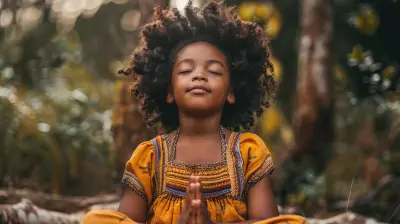
How to Practice Mindfulness to Reduce Test-Day Nerves

How to Handle Challenging Students with Compassion

How to Make Critical Thinking and Creativity Go Hand in Hand

Unlocking Creativity in STEM Education

Addressing the Needs of Gifted Learners: A Psychological Approach
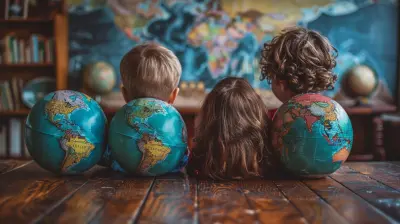
Culturally Responsive Lesson Plans for a Global Classroom
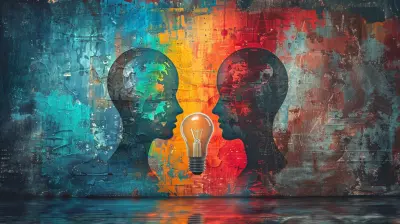
"Empathy in Education: Teaching More Than Academics

The Benefits of Music Education Beyond the Classroom

The Benefits of Peer Tutoring for Homework Assistance